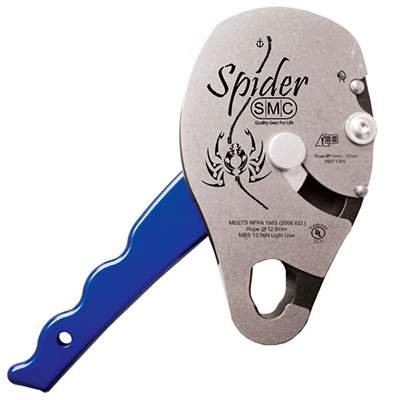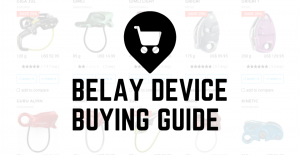How to use SMC Spider, warnings, inspection, lifespan, care and maintenance with instructional pictures.
Spider
Description
The SMC Spider is an Auto Braking NFPA L Rated Descender designed for work positioning and personal descent. The Spider provides person working at height the ability to easily maneuver and secure themselves while on the fly. Allowing users to easily load and unload from the device without having to unclip from their harness, it is an ideal descender for window washers, fire fighters and industrial workers who need a device that provides them with optimal strength and performance.
Retail price
This Product is Hard to Find.
We don’t know where you can buy this item online in the US. We’ll continue to check all the major retailers and will update this page as soon as we find one.
If you know where to find this online in the US, let us know, and we’ll add the link.
Device Type  |
|
Weight (g)  |
562 g |
Belay Brake Assist  |
Yes |
| Rope Options | 1 rope only |
Guide Mode  |
No guide mode |
Teeth  |
No |
Rope Range (mm)  | 11.0 mm - 12.5 mm |
Certification  |
|
No reviews yet.
If you know of a good product video that should be here, let us know, and we'll put it up.
If you're looking for gear videos in general, check out our Vimeo and YouTube channels to see the newest gear.






